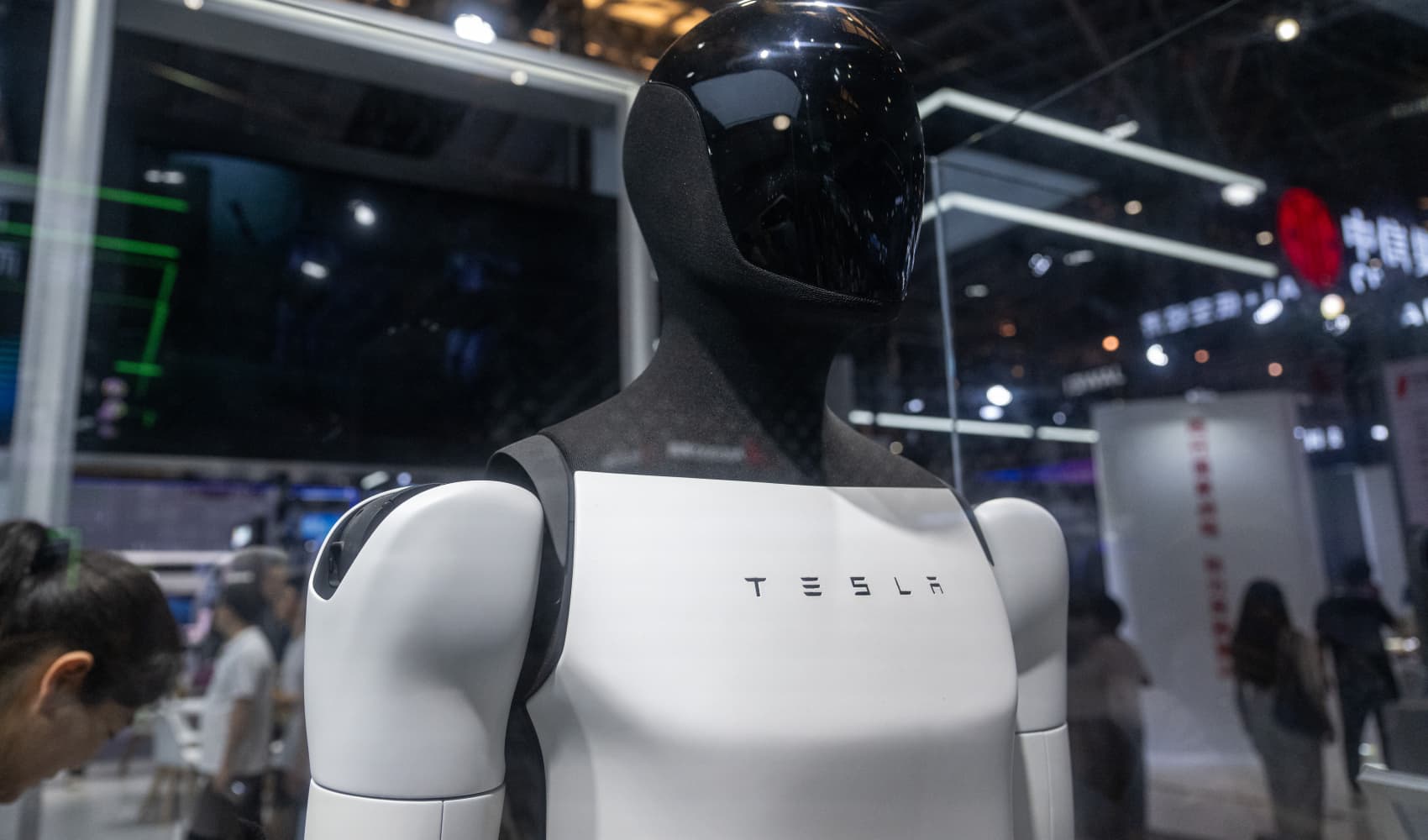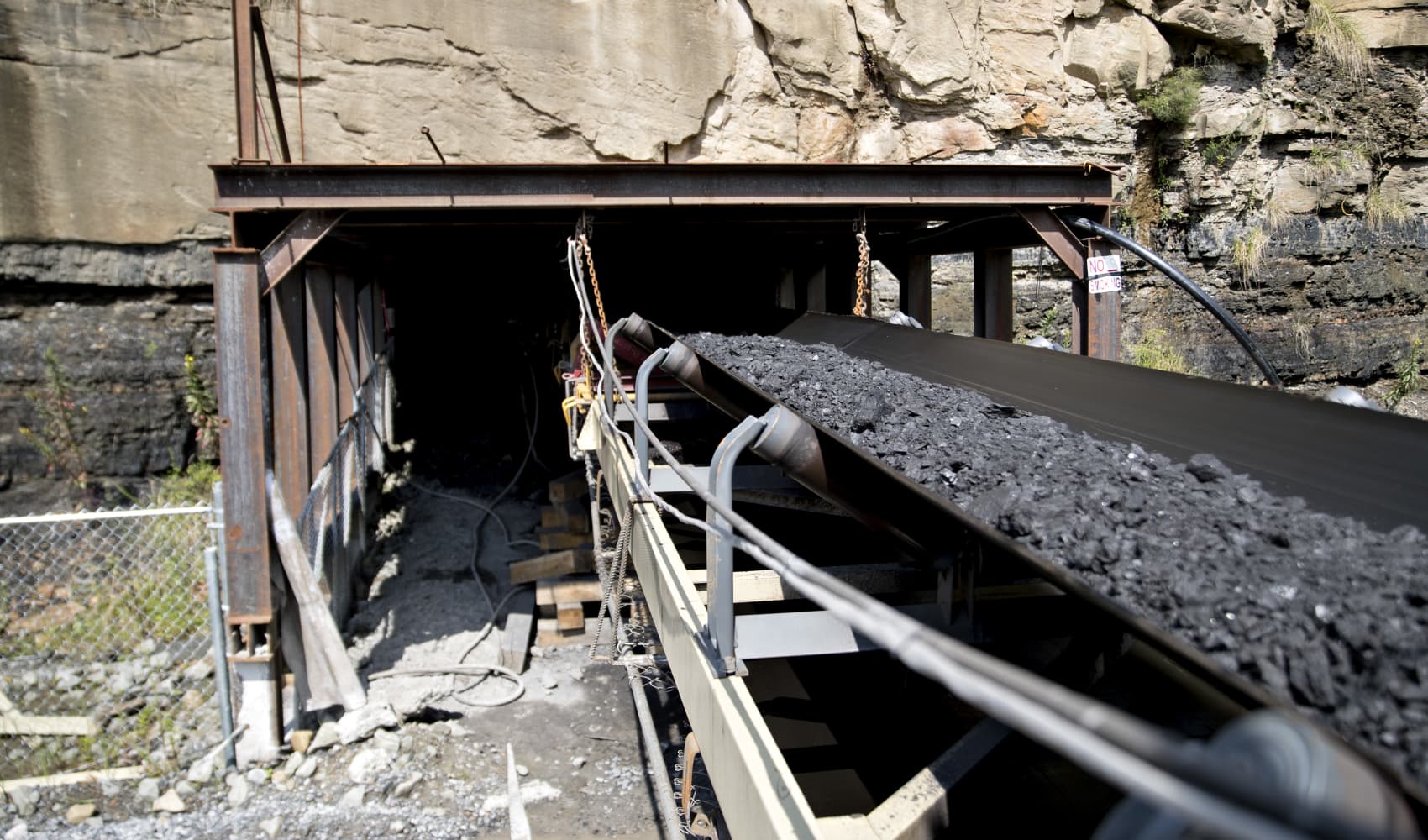Rare Earth Crisis: Will China Stop Tesla's Optimus Robot?
Tesla's Optimus Robot Future Threatened? China's Rare Earth Restrictions Impact Musk's Vision
Introduction: Optimus in Peril - A Rare Earth Reality Check
The future of robotics is here, or at least, it's *trying* to get here. Tesla's Optimus humanoid robot, envisioned as a revolutionary workforce and potential companion, has hit a speed bump. A significant one. Elon Musk recently revealed that China's new export restrictions on rare earth magnets are impacting Optimus's production. This isn't just a supply chain hiccup; it's a strategic challenge that underscores the interconnectedness of global trade and technological innovation. But how serious is it, really? Let's dive in and see what this means for the future of Tesla and the robot revolution.
China's Rare Earth Dominance: The Foundation of Modern Tech
Before we panic about robots not being able to assemble themselves, let's understand the context. China controls a massive portion of the world's rare earth element supply. These aren't your garden-variety dirt; they're crucial for everything from smartphones and electric vehicles to wind turbines and, yes, humanoid robots. Think of them as the vitamins for the tech industry. Without them, things simply don't work as well, or at all.
What are Rare Earth Elements?
Rare earth elements (REEs) are a set of 17 metallic elements with unique magnetic, luminescent, and catalytic properties. They are used in relatively small quantities, but they are essential components in a vast array of modern technologies. Neodymium and dysprosium, for example, are used in high-strength magnets essential for electric motor efficiency.
The Trade War Fallout: Retaliation and Rare Earth
Musk mentioned these restrictions are likely retaliation for previous trade actions. Think of it as a global game of chess, where pawns (in this case, rare earth elements) are strategically moved. China's move to control exports is a direct response to escalating trade tensions. What started as tariffs on goods has now trickled down to the very building blocks of technology. The big question is, who will blink first?
Optimus's Reliance on Rare Earth Magnets: The Core of the Problem
Optimus relies heavily on rare earth magnets, particularly in its motors and actuators. These magnets are essential for precise and powerful movements. Consider the robot's joints – each one needs to move smoothly and accurately to perform tasks effectively. That precision hinges on these specialized magnets.
The Importance of High-Performance Magnets
High-performance magnets made with rare earth elements like neodymium and dysprosium are crucial for the robot's agility and power. Without consistent access to these materials, the robot's performance could be significantly limited. They make the movements faster, stronger, and more energy efficient.
Musk's Response: Navigating the Geopolitical Minefield
Musk's response has been diplomatic. He acknowledged the issue, stating Tesla is working with Beijing to secure access to these critical resources. This approach indicates an understanding of the delicate balance required to operate in the global market. Walking the tightrope, are we?
Seeking Approval: A Delicate Dance
Musk's statement that Tesla is seeking approval highlights the challenges companies face when navigating international trade restrictions. It's not just about money; it's about political relationships and regulatory compliance.
Tesla's Alternatives: Diversification and Innovation
While navigating the immediate challenges, Tesla likely exploring long-term solutions. What happens if the rare earth spigot stays turned off, or worse, only trickles? Diversifying supply chains and investing in alternative technologies become paramount.
Recycling Rare Earth Elements: Mining the City
Recycling is a potential avenue. Think of it as "urban mining" – extracting valuable materials from discarded electronics. Developing efficient recycling processes for rare earth elements could reduce reliance on external sources. It's an economic and environmental win-win.
Alternative Materials: Beyond Rare Earths
Investing in research to develop alternative materials that can replace rare earth elements in magnets is another crucial strategy. This could involve exploring new alloys, advanced ceramics, or even entirely different motor designs. Innovation can be your best defense.
The Broader Implications: The Future of Robotics
Tesla isn't the only player affected by these restrictions. The robotics industry as a whole relies on rare earth elements. This situation could accelerate the search for alternative materials and manufacturing processes, pushing the industry towards greater sustainability and resilience. The ripples extend far beyond Tesla's factory floor.
Impact on Other Robotics Companies
The restricted exports are not just a Tesla problem. Other robotics companies producing everything from industrial arms to medical robots will face similar challenges. We could see a slowdown in production and increased prices across the board.
The Geopolitical Landscape: A Shifting Balance of Power
This situation underscores the growing importance of critical resources in the global balance of power. Control over these resources can be a powerful lever in international relations. Countries that can secure their supply chains and foster innovation in alternative technologies will be at a significant advantage.
The Race for Resource Security
Countries are now racing to secure access to critical resources, either through domestic production, strategic partnerships, or stockpiling. This race will shape the geopolitical landscape for years to come. Think of it as a silent war for the building blocks of the future.
Optimus's Future: A Test of Resilience
The fate of Optimus hinges on Tesla's ability to navigate these challenges. Can Musk and his team find alternative supply chains, develop innovative solutions, and maintain a positive relationship with Beijing? The answer to that question will determine whether Optimus becomes a ubiquitous robot or a fascinating but limited prototype. It’s a true test of resilience.
The Importance of Adaptability
Adaptability is key. Tesla's success will depend on its ability to quickly adjust its strategies and embrace new technologies in response to changing geopolitical realities. The companies that can adapt fastest will thrive in this new environment. Think Darwin meets robots.
Conclusion: Rare Earths and the Robot Revolution: An Uncertain Future?
Elon Musk's revelation about China's rare earth restrictions impacting Optimus production is more than just a supply chain snag. It highlights the critical role of rare earth elements in modern technology, the interconnectedness of global trade, and the challenges companies face navigating geopolitical complexities. While the future of Optimus remains uncertain, Tesla's response will undoubtedly shape the future of robotics and the global competition for critical resources. The outcome will impact us all. The robot revolution might be delayed, but it is unlikely to be stopped. The show must go on!
Frequently Asked Questions
Here are some frequently asked questions regarding Tesla's Optimus robot and China's rare earth restrictions:
- Q: What are rare earth elements, and why are they important?
A: Rare earth elements are a group of 17 metallic elements essential for various high-tech applications, including magnets used in electric vehicle motors, wind turbines, and robots. Their unique magnetic, luminescent, and catalytic properties make them irreplaceable in many applications.
- Q: How will the rare earth restrictions affect Tesla's Optimus robot?
A: The restrictions could limit the production of Optimus by reducing access to critical materials needed for its motors and actuators. This may lead to delays and increased costs.
- Q: What is Tesla doing to address the rare earth supply issue?
A: Tesla is working with Beijing to seek approval to access the restricted resources. They are also likely exploring alternative supply chains and researching alternative materials that could replace rare earth elements.
- Q: Are other industries affected by China's rare earth export controls?
A: Yes, many industries that rely on rare earth elements, including electric vehicles, renewable energy, and electronics, are affected. This could lead to a global increase in the price of rare earth magnets and potentially slowdown production across several sectors.
- Q: What long-term solutions exist for reducing reliance on rare earth elements?
A: Long-term solutions include investing in rare earth element recycling programs, developing alternative materials that can replace rare earths in various applications, and diversifying supply chains to reduce dependence on a single source.

